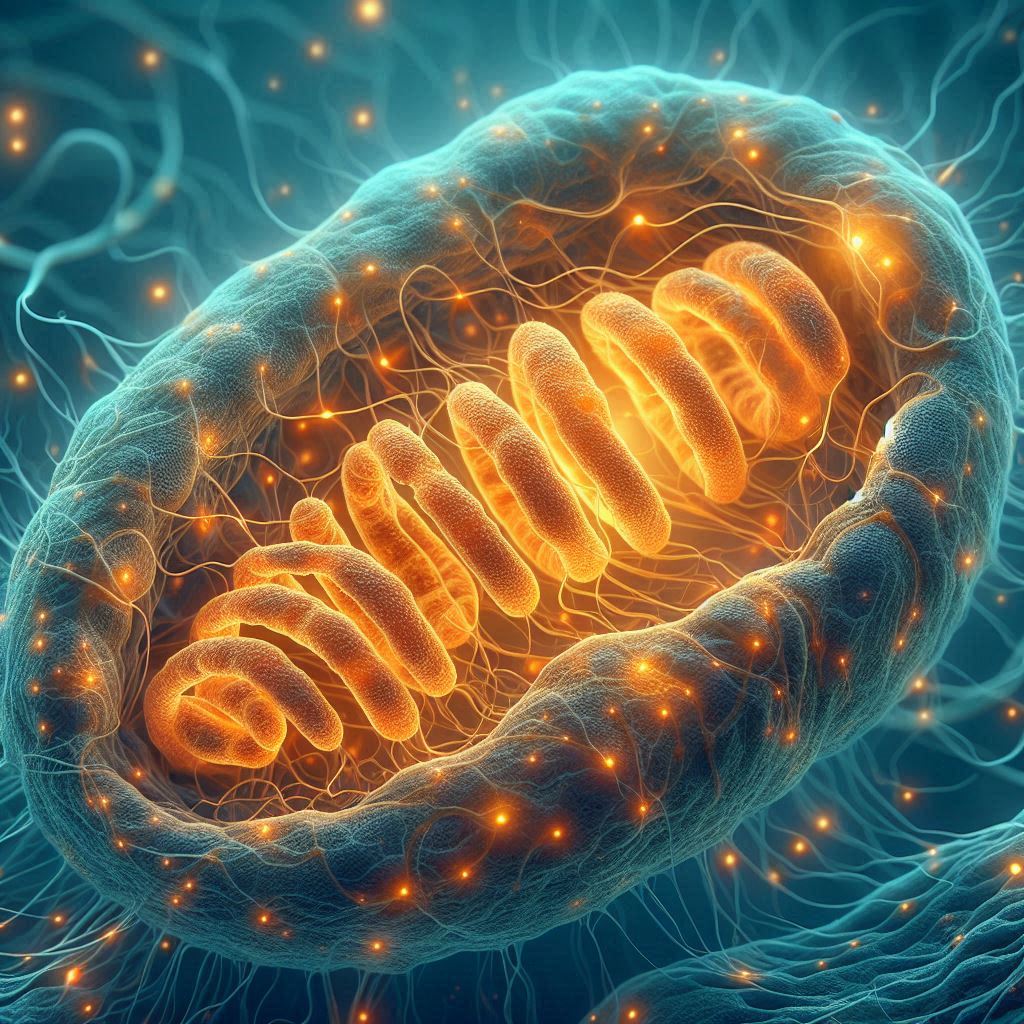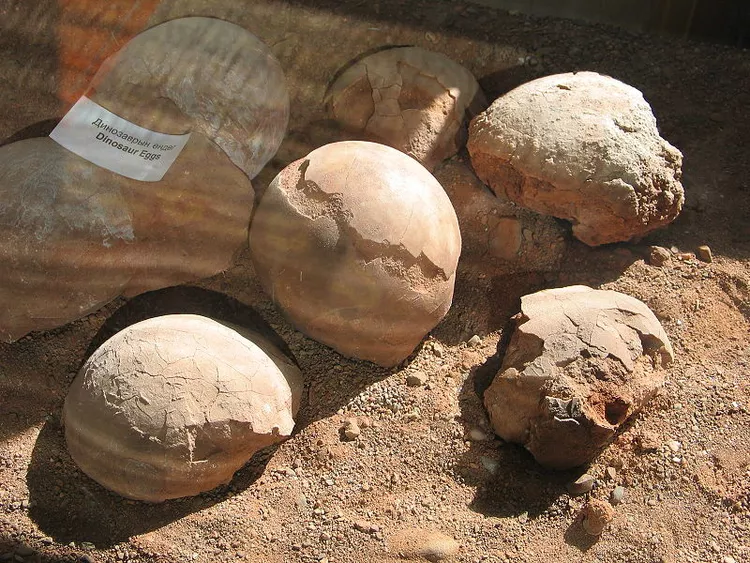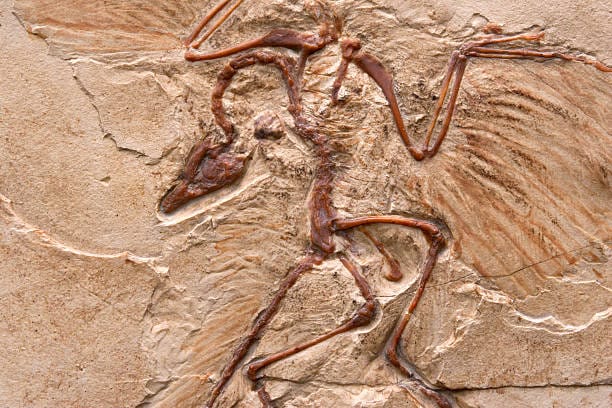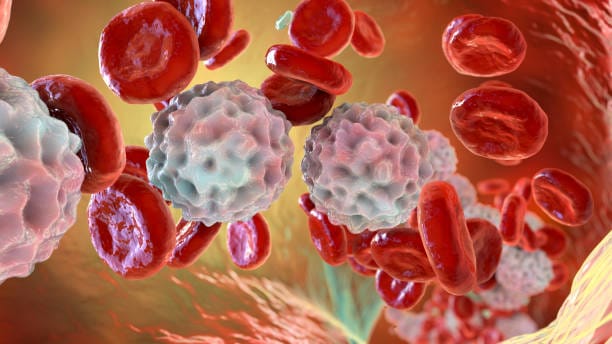In the quiet interior of a mammalian cell, a war is always unfolding. It is not loud or violent. It does not resemble the battles we imagine when we think of survival. Instead, it is a slow, generational struggle against a dangerous fate: the gradual buildup of harmful mutations in mitochondrial DNA. These tiny genomes, tucked inside the mitochondria that power every cell, face a unique vulnerability. Unlike nuclear DNA, which benefits from two parents and the cleansing effect of recombination, mitochondrial DNA arrives from only one source—the mother. That single lineage leaves it exposed to the risk of unchecked mutational drift, a slow slide toward what scientists call a mutational meltdown.
For decades, researchers have known that evolution had to have found a solution. No species could survive if its energy-producing DNA decayed irreversibly with each generation. But how this protection worked—and how the cell maintained the stability of mitochondrial inheritance—was a puzzle with missing pieces. Now, researchers at Karolinska Institutet have brought those pieces together, revealing an elegant system that protects the mitochondrial genome from its own fragility.
A Mysterious Bottleneck and the Clues It Hid
Biologists had long recognized two mechanisms guarding the mitochondrial genome. The first was the genetic bottleneck, a strange and stochastic event that shrinks the number of mitochondrial DNA copies transmitted from mother to offspring. The second was purifying selection, an active process that eliminates defective mitochondrial DNA in developing oocytes. These two defenses had been observed separately, but their relationship remained murky. No one knew whether they worked independently or as parts of a hidden molecular dialogue.
The new study, published in Science Advances, asked a simple but profound question: what happens if the number of mitochondrial DNA copies passed down is altered? Using mouse models, the researchers examined how the size of this genetic bottleneck shaped the fate of mutations in the next generation.
Their discovery took a familiar concept and gave it new depth. When fewer mitochondrial DNA copies were passed from mother to offspring, something surprising happened. Variation increased, but harmful mutations decreased. A smaller bottleneck, paradoxically, made it easier for purifying selection to do its work. By reducing the number of mtDNA copies early on, the cell created conditions where defective genomes were easier to identify and eliminate.
This natural efficiency helps explain how mitochondrial inheritance has remained stable across evolutionary time. As Nils-Göran Larsson, Professor at the Department of Medical Biochemistry and Biophysics at Karolinska Institutet, explains, “Our results show that the size of the mitochondrial bottleneck determines how effectively mutated mitochondrial DNA can be removed during maternal transmission. This provides a mechanistic explanation for how mitochondrial inheritance remains stable over evolutionary time.”
With this insight, a once-mysterious feature of mammalian reproduction comes into focus. The bottleneck is not simply a quirk of biology. It is a deliberate evolutionary strategy, an ancient safeguard built into the very rhythm of inheritance.
What Happens When the System Falters
But the story did not end with the bottleneck. The researchers wanted to know how purifying selection actually eliminates harmful mitochondrial DNA at the molecular level. Their attention turned to autophagy, the cell’s recycling system. Autophagy dismantles damaged mitochondria, breaking them down and preventing their faulty genomes from spreading.
To test its role, the team disrupted autophagy in the mouse models. The effect was immediate and unmistakable. Without the cell’s ability to recycle damaged mitochondria, harmful mutations accumulated. The elegant filtering process weakened, and the quality of mitochondrial DNA deteriorated. What had been a stable system now teetered under the weight of its own genetic errors.
This experiment revealed the intimate connection between the bottleneck and purifying selection. The bottleneck creates variation; purifying selection uses that variation to sort the functional from the faulty; autophagy provides the machinery to remove the defective genomes. Each step depends on the others. Break the chain, and the system falters.
Laura Kremer, first author of the study and currently a researcher at the University of Göttingen, captures the heart of the discovery: “By uncovering the link between mitochondrial turnover, bottleneck size, and selection, we now have a clearer view of how cells can maintain healthy mitochondria—and where this process might fail in disease.”
Her words point not only to a deeper understanding of biology but to the consequences when these delicate processes lose balance.
Why This Discovery Matters
The importance of this work reaches far beyond evolutionary theory. Mitochondrial DNA is central to human health. Mutations in mtDNA are connected to mitochondrial disorders, cancer, neurodegeneration, diabetes, aging, and a spectrum of other conditions shaped by the cell’s ability to produce energy. Understanding how cells preserve mitochondrial genome integrity opens doors to entirely new therapeutic strategies.
If scientists can learn to enhance the natural quality-control system described in this study, they may one day be able to intervene when mitochondrial genomes begin to fail. The research forms a new framework for exploring where the system breaks down in disease and how it might be reinforced.
Every cell in the body depends on its mitochondria. Every mitochondrion depends on its DNA. And every generation depends on the delicate choreography that protects that DNA from slow but catastrophic decay.
The discovery from Karolinska Institutet reveals the logic behind that choreography. By showing how mitochondrial turnover, bottleneck size, and selection intertwine, the researchers have illuminated a hidden layer of biological resilience. They have explained how life resists the slow drift toward mutation and how the tiniest genomes in our cells defend their place in the continuity of life.
In doing so, they have given science a clearer map of the forces that keep us thriving from one generation to the next—and pointed toward future possibilities for protecting those forces when they begin to fail.
More information: Laura S. Kremer et al, The bottleneck for maternal transmission of mtDNA is linked to purifying selection by autophagy, Science Advances (2025). DOI: 10.1126/sciadv.aea4660






